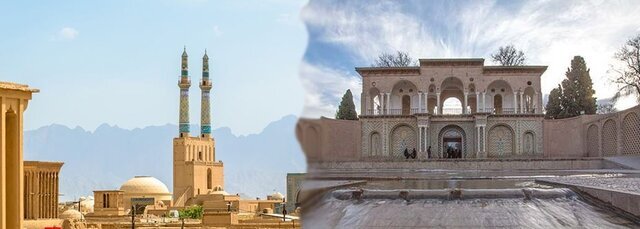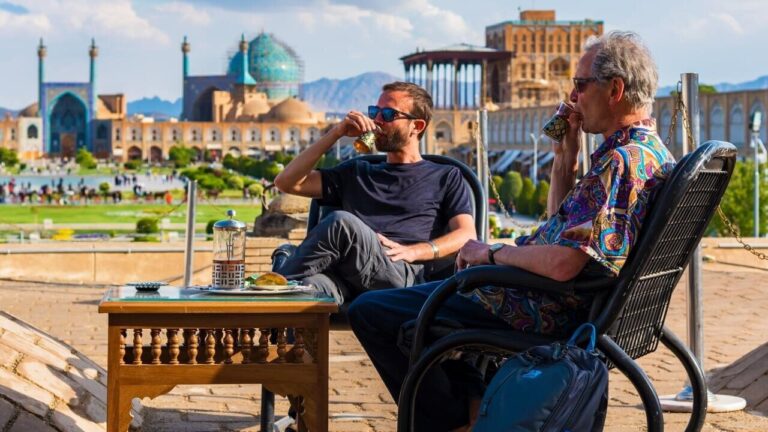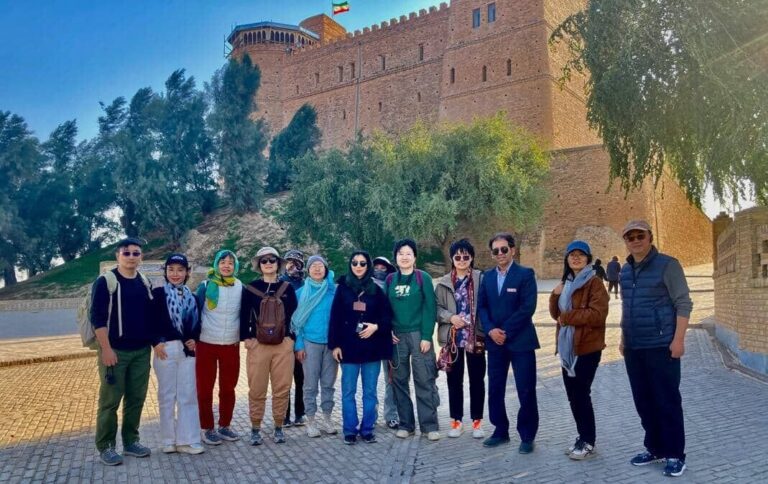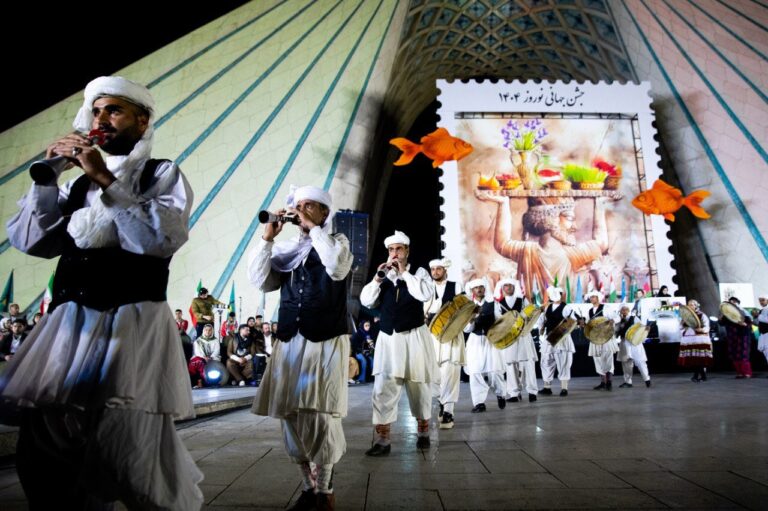Kerman and Yazd Set to Emerge as Key Asian Tourism Hotspots, Experts Predict
The Iranian cities of Kerman and Yazd are poised to become significant tourism hubs in Asia, according to Mostafa Fatemi, the director-general of the Domestic Tourism Development Office. These cities, rich in history and culture, have the potential to attract tourists just like the celebrated cities of Samarkand and Bukhara. In a recent gathering held on April 26, Fatemi emphasized the importance of fostering tourism ties between these two ancient cities.
At the meeting, which included members from the Tourism Commissions of Kerman Chamber of Commerce and Yazd Chamber of Commerce, Fatemi detailed the ongoing efforts by the Ministry of Cultural Heritage, Handicrafts and Tourism to establish a tourism brand that highlights the connection between Yazd and Kerman. He stated, “We are working on the Yazd-Kerman tie. One way is the Spice Road, which predates the Silk Road, while another route is the Marco Polo crescent route that connects to Kuhbanan and south of Kerman.”
Fatemi pointed out that before the COVID-19 pandemic, Kerman, Yazd, and Isfahan were popular destinations for foreign tourists. However, certain events caused a decline in tourist numbers in Kerman. “Fortunately, Kerman has witnessed a rise in the number of tourists in recent years,” he noted. “The provincial officials are determined to return Kerman to its brilliant status. Definitely, with public participation, the coming years will be prosperous for everyone.”
He also highlighted the critical role of the private sector in revitalizing tourism, stating, “We had 1,750 renovation projects during 2021, and the private sector played a significant role in this progress.” Kerman, with its rich cultural assets, has the potential to reclaim its status as a premier tourist destination.
In a move to further boost tourism, the National Ecotourism Festival is set to take place in Kerman on May 21. This event will showcase 700 ecotourism sites from various ethnic groups, providing a platform for cultural exchange and tourism promotion. Fatemi expressed optimism for the upcoming year, calling it “the year to travel to Kerman province” due to the festival and other initiatives being implemented.
Kerman stands as a vibrant testament to centuries of cultural fusion and heritage. Located in southeastern Iran, Kerman has served as a cultural melting pot since ancient times, blending Persian and subcontinental tribal influences. This unique amalgamation has enriched the city with diverse traditions, architectural marvels, and a captivating lifestyle that continues to enchant visitors.
Visitors to Kerman can explore numerous historical sites and breathtaking landscapes that offer an unforgettable journey through time. Key attractions include:
- Bazaar-e Sartasari: One of Iran’s oldest and longest covered bazaars, this bustling hub of commerce allows travelers to experience local crafts, textiles, and spices.
- Jabalieh Dome: A mysterious octagonal structure made of stone and gypsum, showcasing the architectural ingenuity of the city.
- Ganjali Khan Bathhouse: An exquisite example of Persian bathhouse architecture, reflecting the artistic heritage and urban planning of the Safavid era.
Beyond its architectural wonders, Kerman’s natural beauty captivates visitors with its stark landscapes, particularly the Shahdad Desert. Known for its stunning Kaluts—geological formations shaped by wind erosion—the desert offers an otherworldly experience that attracts adventurers, photographers, and nature enthusiasts. The surrounding mountains and oases further enhance Kerman’s diverse topography, making it a unique destination where history, culture, and nature converge.
Kerman’s cultural heritage is preserved not only in its monuments and natural landscapes but also in its vibrant traditions. These include:
- Music: Traditional melodies that reflect the region’s heritage.
- Crafts: Unique handicrafts, including intricate carpet weaving.
- Cuisine: Local dishes that offer a taste of Persian culture shaped by historical influences.
Through these cultural expressions, Kerman provides a deep dive into the rich Persian heritage that has been formed by its historical crossroads. As efforts to promote tourism in Kerman and Yazd continue to unfold, these cities are set to emerge as key destinations for travelers seeking to experience the rich tapestry of Iranian culture and history.






